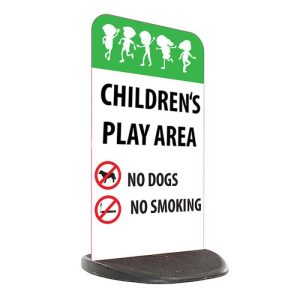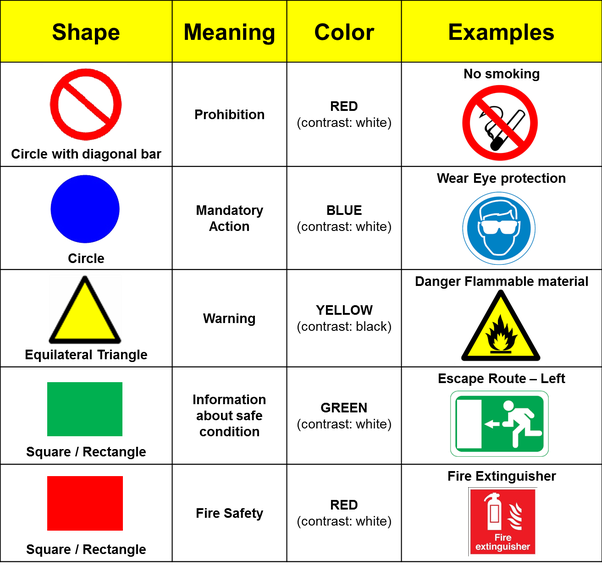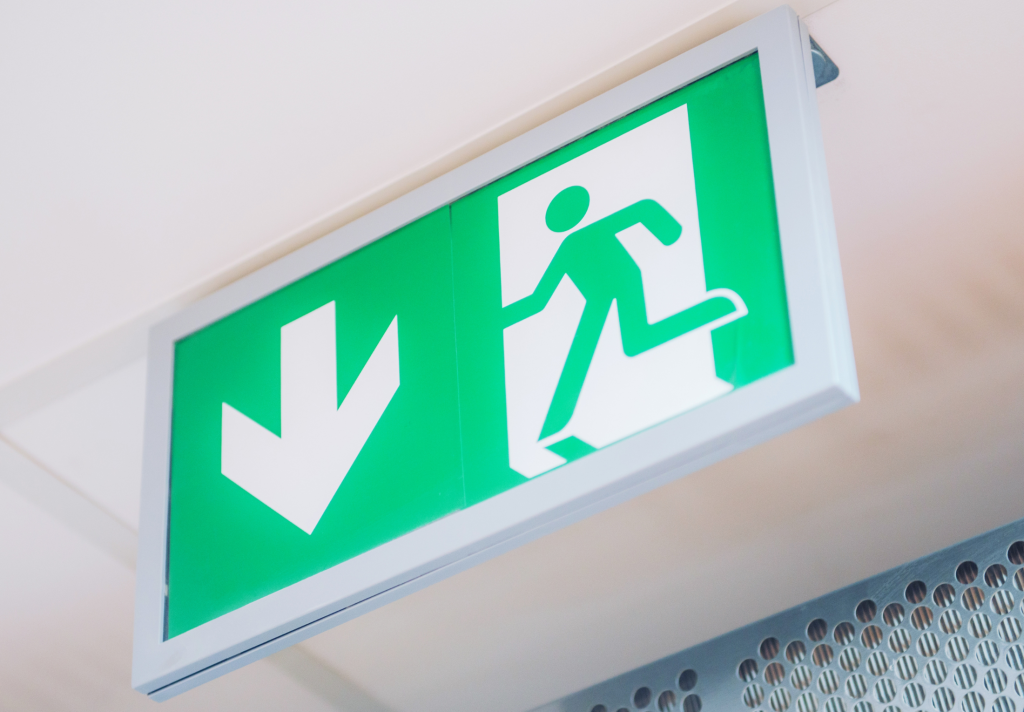Source: Canva
Ensure Your School is Fire Safe for the New School Year
With the large numbers of students and staff on site, fire safety is of utmost importance for schools. Although fires at schools are relatively rare, it is vital to be properly prepared. We have put together this blog to remind you of the key points for school fire safety. This involves steps such as identifying potential risks, developing plans for the event of a fire, and ensuring equipment and furniture meet the required fire regulations.
Ten Essential Fire Safety Tips for a Prepared and Protected School
Carry Out Comprehensive Fire Risk Assessments
All schools in the UK are legally required to complete a Fire Safety Risk Assessment (FSRA). This risk assessment involves identifying potential fire hazards, evaluating risks, and implementing necessary precautions. The FSRA must be periodically updated, including when you make any changes to school buildings or how they are used. The Government’s Regulatory Reform (Fire Safety) Order 2005 outlines what these assessments must include, and a detailed pdf guide for schools can be downloaded from here.
Write and Practice Fire Evacuation Plans
Having a clear and well-rehearsed fire evacuation plan is crucial in schools and other educational institutions. Regular fire drills are a legal requirement. It is a good idea to conduct drills at the start of each term so that new students or staff know what to do. It is important that both staff and students understand the seriousness of drills, as they are vital for preventing confusion and ensure safe evacuation in case of a real fire. Part of an evacuation plan includes proper fire safety signage to help direct staff and students.
Choose and Train Fire Wardens
School fire wardens have a leading role in fire safety. They are responsible for guiding students and staff during evacuations and to make sure that no one is left behind in the building. Fire wardens should be known to other staff members and must have the proper training to carry out their duties. Make sure that registers are kept properly up to date as these are needed to confirm that all students are safely out of the building.
Regularly Check and Maintain Fire Doors
Fire doors are one of the most important parts of a school’s fire safety infrastructure. They are designed to contain fires and prevent the spread of smoke. Slowing down the spread of a fire gives staff and students more time to get to safety. Regular inspections and maintenance of fire doors are required to check that they are functioning correctly. Fire doors also only work when they are closed, so they must be kept shut at all times and have signage reminding people not to prop them open.
Have a Strict No Smoking Policy
Although smoking is becoming less common, it remains a major cause of fires. School grounds can have a lot of flammable materials like paper and rubbish. Implementing a total smoking ban is a simple yet effective way to reduce the risk of fires. No-smoking policies should be clearly communicated to all students, staff, and visitors, with appropriate signs displayed around the site.

Good Waste Management
Built-up stores of rubbish can be a fire hazard, particularly the large quantities of paper waste and similar materials that are often found in Schools. Regular waste disposal and use of appropriate containers is important for preventing fires. Make sure that paper and other rubbish is removed from classrooms on a daily basis, and that your waste disposal areas are tidy and clutter-free.
Fire-Retardant Furniture and Fixtures
Using fire-retardant furniture and equipment greatly reduces the risk of fires spreading to other areas of the building. This gives valuable time for the emergency services to respond. Schools should ensure they use fire-retardant products and fixtures like fire doors, especially in high-traffic areas like corridors and dining rooms. Fire resistant Classroom Furniture and Fire Retardant Notice boards are important products that can make a big difference.
Install and Properly Maintain Fire Detection and Alarm Systems
Fire detection and alarm systems can be the difference between discovering a small fire early on, and a major fire spreading. Schools are legally obliged to ensure that these systems are properly installed and regularly maintained. Testing should be carried out frequently as part of fire drills to confirm alarms are working correctly.
Check Your School Meets UK Fire Safety Signage Regulations
Fire safety signage is designed to guide students and staff to safe areas during a fire emergency. According to the Health and Safety (Safety Signs and Signals) Regulations 1996, proper fire safety signs must be used to clearly mark escape routes, firefighting equipment, and exits. These signs need to be easily visible and placed at appropriate heights. Different colours are used for giving fire safety information, for fire-fighting equipment, and warnings for flammable materials.

Source: Quora
Provide Regular Fire Safety Training for Staff
As well as designated fire marshals, all teachers and other staff must receive adequate fire safety training. This training must include the use of equipment such as fire extinguishers, how to use fire alarms, and what to do in the event of an evacuation. Staff training should be repeated and updated regularly, to make sure everyone knows their role in the event of an emergency.
These are our top 10 points to remember when planning your school’s fire safety procedures. At Discount Displays we are experts in fire-resistant notice boards, furniture and health and safety signage to help keep your staff, teachers and students safe! Get in touch today to find out how we can help.





